In the field of pharmaceutical equipment, stainless steel has become an indispensable material for its excellent corrosion resistance, good mechanical properties and easy cleaning and maintenance. However, in the face of a wide range of claimed stainless steel product equipment on the market, how to accurately identify its type and quality, to ensure the safe and efficient operation of pharmaceutical equipment, has become a skill that every purchaser must master. This paper will deeply discuss the classification and characteristics of stainless steel, and introduce three practical identification methods in detail, and analyze its advantages and disadvantages and application fields in pharmaceutical equipment.
Stainless steel, as the name suggests, is a kind of alloy steel that is not easy to rust, mainly composed of iron, chromium, nickel and other elements. According to its different structure and chemical composition, stainless steel can be divided into austenitic stainless steel, ferritic stainless steel, martensitic stainless steel, duplex stainless steel and precipitation hardening stainless steel and other categories.
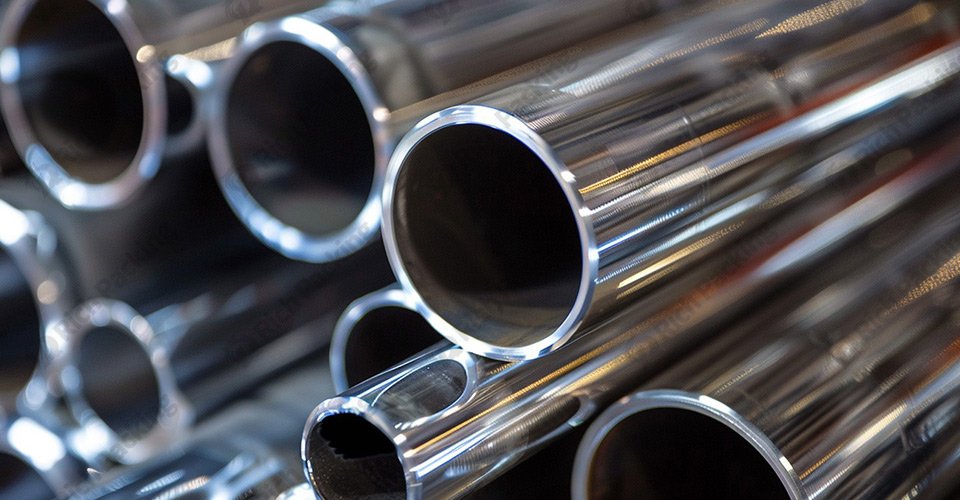
Austenitic stainless steel: mainly chromium-nickel alloy, with good corrosion resistance and processability, widely used in pharmaceutical equipment containers, pipelines and pump valves and other parts.
Ferritic stainless steel: high chromium content, has good corrosion resistance and high temperature oxidation resistance, but the mechanical properties are relatively low, suitable for some occasions with low strength requirements.
Martensitic stainless steel: high strength and hardness can be obtained through heat treatment, but corrosion resistance is relatively weak, often used in cutting tools, medical instruments and so on.
Duplex stainless steel: a combination of austenitic and ferrite two-phase structure, with excellent mechanical properties and corrosion resistance, especially suitable for high corrosive environment.
Precipitation hardening stainless steel: by adding copper, aluminum and other elements, and after specific heat treatment, to obtain high strength and good corrosion resistance, suitable for high-end precision manufacturing.
Method description: The magnetic properties of stainless steel were used for identification. Austenitic stainless steel (such as 304, 316) is usually non-magnetic or weakly magnetic because it contains a high nickel element; Ferritic stainless steel and martensitic stainless steel have strong magnetic properties. The type of stainless steel can be initially determined by gently touching the material to be tested with a magnet and observing its adsorption.
Example description: Hold a small magnet and touch different parts on the pharmaceutical equipment, such as liquid storage tanks (mostly austenitic stainless steel) and certain fasteners (possibly ferritic or martensitic stainless steel), and observe the reaction of the magnet.
Advantages and disadvantages: This method is simple and low cost, but it is only suitable for distinguishing austenite from other types of stainless steel, and it is powerless to distinguish specific grades.

2. Spark identification
Method Description: The type of stainless steel is judged according to the shape, color and quantity of the spark generated by friction between high-speed rotating grinding wheel or grinding head and stainless steel surface. Stainless steel with different composition and structure has obvious difference in spark characteristics.
Example description: In the professional testing environment, the operator uses the spark generator to carry out the spark test on the different material parts of the pharmaceutical equipment, and determines the material type by comparing the standard spark map.
Advantages and disadvantages: The spark identification method is intuitive and empirical, but it requires rich practical experience and familiarity with the spark map, and has certain requirements on the equipment, which is not suitable for field rapid detection.
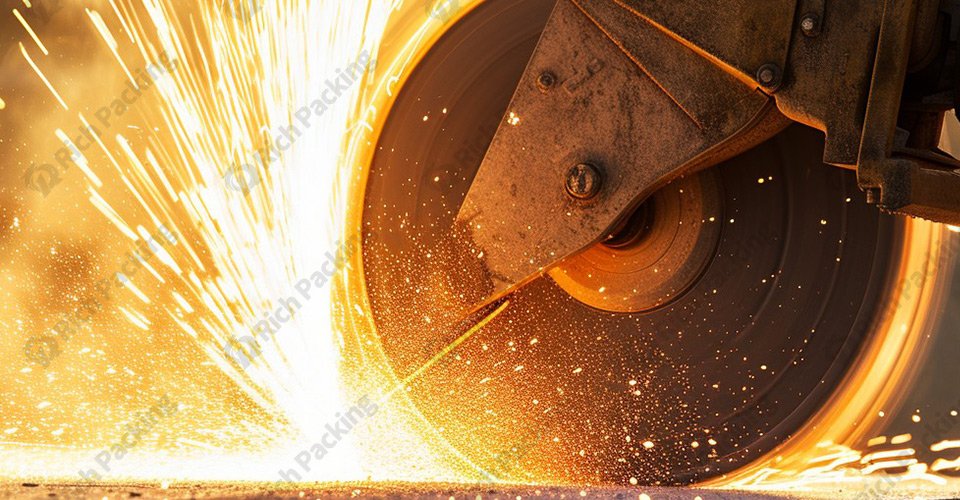
3. Chemical reagent method
Method description: The chemical composition of stainless steel was judged by the chemical reaction of chemical reagent and stainless steel surface through the phenomenon of color change or precipitation formation. Commonly used reagents include silver nitrate solution, copper sulfate solution, etc., which can react with specific elements in stainless steel to form observable phenomena.
Example description: Under laboratory conditions, take a small amount of stainless steel sample to be measured, drop an appropriate amount of silver nitrate solution, observe whether there is white precipitation (silver mirror reaction), so as to determine whether the sample contains nickel, thereby indirectly inferring whether it is austenitic stainless steel.
Advantages and disadvantages: The chemical reagent method has high accuracy and can quantitatively analyze the chemical composition of stainless steel, but the operation process is relatively complex and requires the use of chemical reagents, which has certain safety risks.
In the pharmaceutical industry, the application of stainless steel has permeated almost every production link and become an indispensable key material for pharmaceutical equipment. From the storage and treatment of raw materials, to the synthesis and purification of drugs, and then to the final filling and packaging, stainless steel with its unique performance advantages to ensure that the entire process of drug production meets the highest standards of health, safety and quality requirements.
Raw material storage and transportation system: Pharmaceutical raw materials often have strict requirements for the storage environment, stainless steel storage tanks and pipelines because of their excellent corrosion resistance and tightness, can effectively prevent raw materials from being contaminated, maintain its purity and stability.
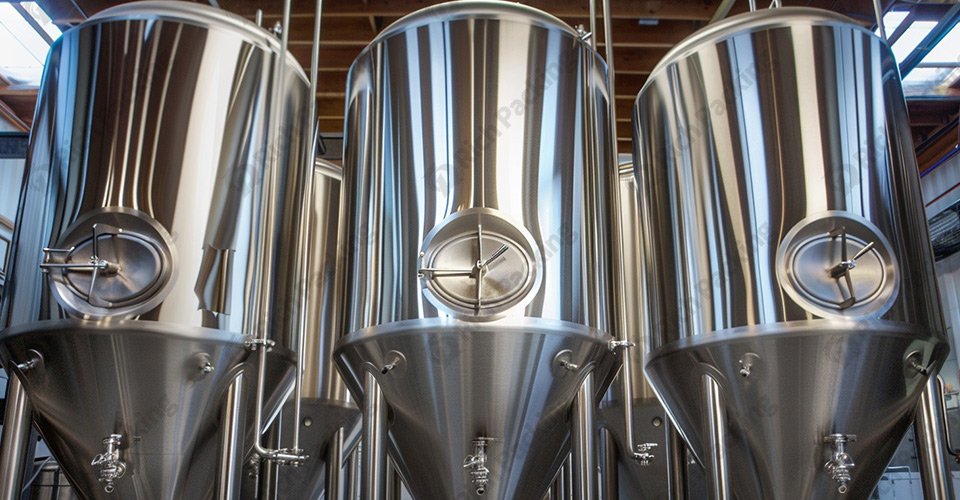
Reaction and synthesis equipment: In the process of drug synthesis, it is necessary to use a variety of reaction kettle, stirrer and other equipment. Stainless steel material can not only withstand high temperature and high pressure environment, but also resist the erosion of corrosive media to ensure the smooth progress of the reaction process.
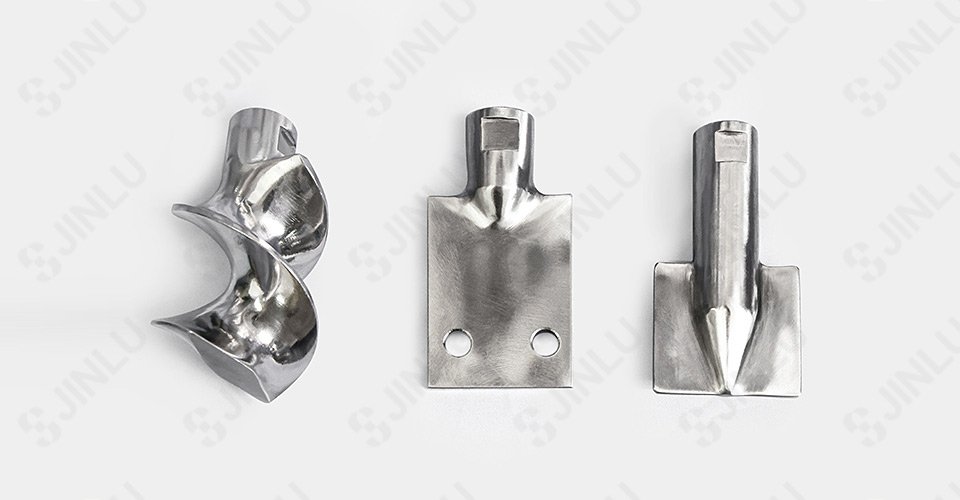
Filtration and separation equipment: in the pharmaceutical process often need to filter and separate the liquid or gas, stainless steel filters, centrifuges and other equipment because of its good mechanical properties and easy to clean characteristics, become the first choice.
Filling and packaging production line: In the filling and packaging stage of drugs, stainless steel capsule filling machine, packaging machine and conveying line and other equipment can ensure that drugs are packed in a sterile and dust-free environment, protecting drugs from external pollution.
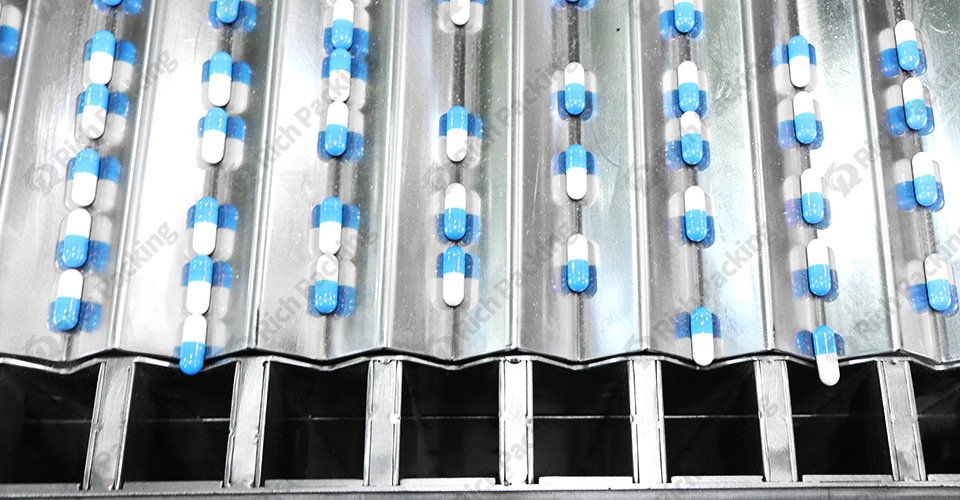
In the international pharmaceutical field, the use of stainless steel as the main material of pharmaceutical equipment is mainly based on the following reasons and advantages:
High corrosion resistance: There are many kinds of chemicals involved in the pharmaceutical process, and many are corrosive. Stainless steel can effectively resist the erosion of these chemicals to ensure the long-term stable operation of the equipment.
Good hygiene: The stainless steel surface is smooth, not easy to accumulate dirt and bacteria, and easy to clean and disinfect, in line with the strict requirements of the pharmaceutical industry for sanitary conditions.
Excellent mechanical properties: Stainless steel has high strength and hardness, and can withstand various mechanical stresses that may be generated in the pharmaceutical process, ensuring the structural integrity and service life of the equipment.
In line with international standards: there are strict international standards and regulations for the material of pharmaceutical equipment, stainless steel because of its excellent performance and a wide range of application basis, has been listed as a recommended or necessary material for pharmaceutical equipment by many international organizations and countries.
In the pharmaceutical industry, it is important to ensure that equipment materials meet relevant standards. The following are some of the international and national standards related to the use of stainless steel in pharmaceutical equipment:
3A Sanitary Standards: The 3A Sanitary Standards Organization of the United States is designed to ensure the hygiene and safety of equipment and components that come into contact with food, beverages and medicines. Stainless steel plays an important role in the 3A standard because of its easy cleaning and disinfection properties.
Good Manufacturing Practice (GMP) : Although GMP itself does not directly specify material standards, it requires that pharmaceutical equipment must meet the requirements of health, safety and quality control. Stainless steel is widely regarded as one of the most GMP compliant materials due to its excellent performance.
In summary, stainless steel is one of the core materials in the field of pharmaceutical equipment, and the selection and application of its identification method is directly related to the safety and production efficiency of the equipment. Through practical methods such as magnetic testing, spark identification and chemical reagent method, we can effectively identify stainless steel and select suitable materials for different parts of pharmaceutical equipment according to its characteristics. In the future development, with the progress of science and technology and process innovation, the application field of stainless steel will be more extensive, providing solid support for the sustainable development of the pharmaceutical industry.